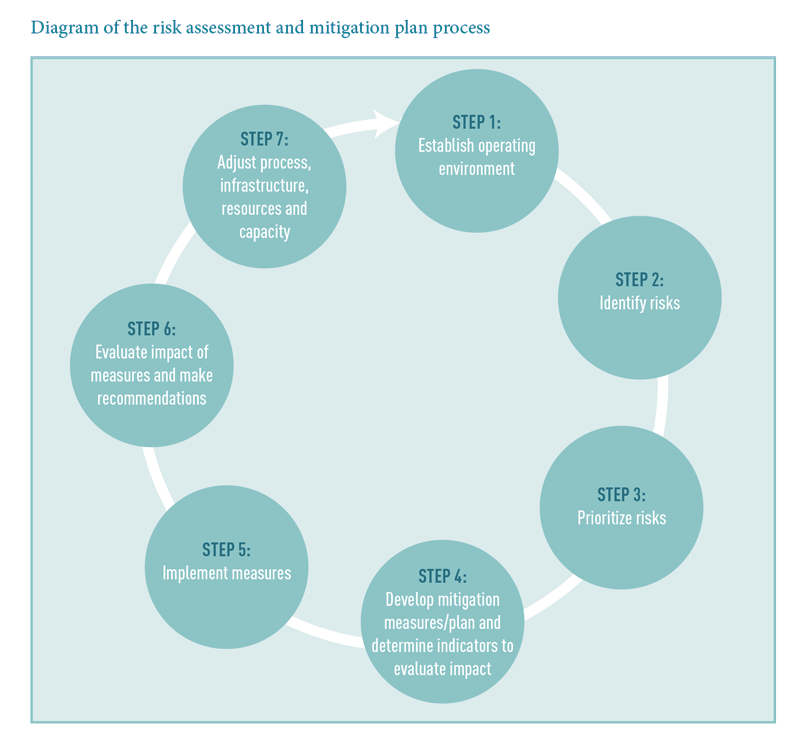
The goal of a corruption risk assessment is to identify a realistic set of potential risks, determine which should be prioritized and develop and implement efficient, cost-effective mitigation strategies. Organizations are encouraged to use the methodology on a continuous basis to determine any new or outstanding risks, assess whether the measures introduced are effective and decide whether any new measures should be introduced. This process will strengthen an organization’s ability to minimize corruption risks and prevent corruption schemes from occurring.
The guide reaffirms the importance of prioritizing measures aimed at preventing corruption and intends to inform strategic interventions in public organizations across a multitude of sectors. UNODC has already successfully worked with a number of Member Sates in using the methodology described in the guide and stands ready to continue delivering expert assistance to support efforts to prevent and combat corruption.
Vienna (Austria) 31 August 2020 – The United Nations Office on Drugs and Crime (UNODC) has launched a practical guide for public organizations on how to conduct corruption risk assessments to identify, mitigate and prevent corruption vulnerabilities in their operations.
State of Integrity: A guide on conducting corruption risk assessments in public organizations sets forth an uncomplicated approach to corruption risk mitigation for public institutions, bodies and authorities, using seven resource efficient steps.
